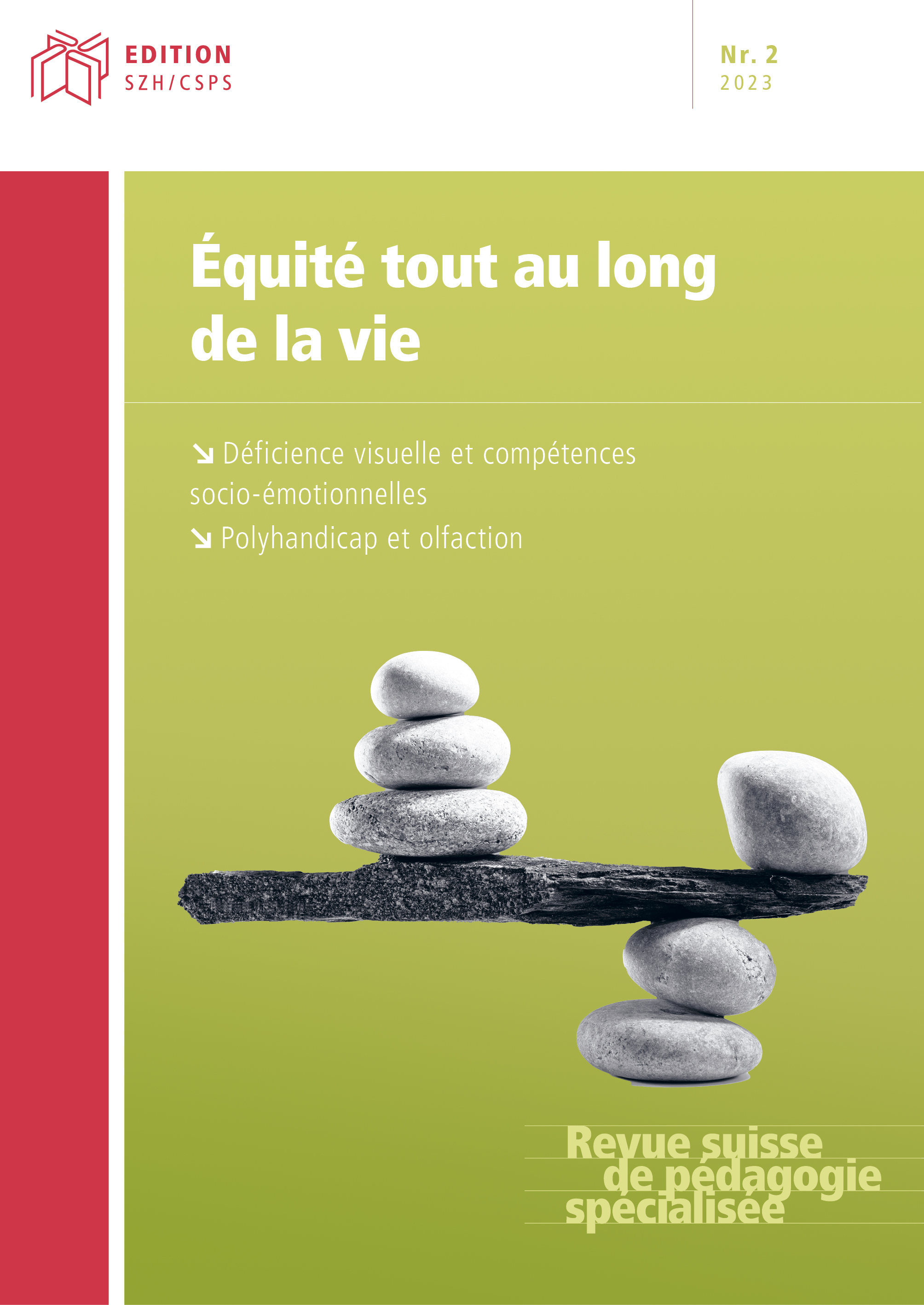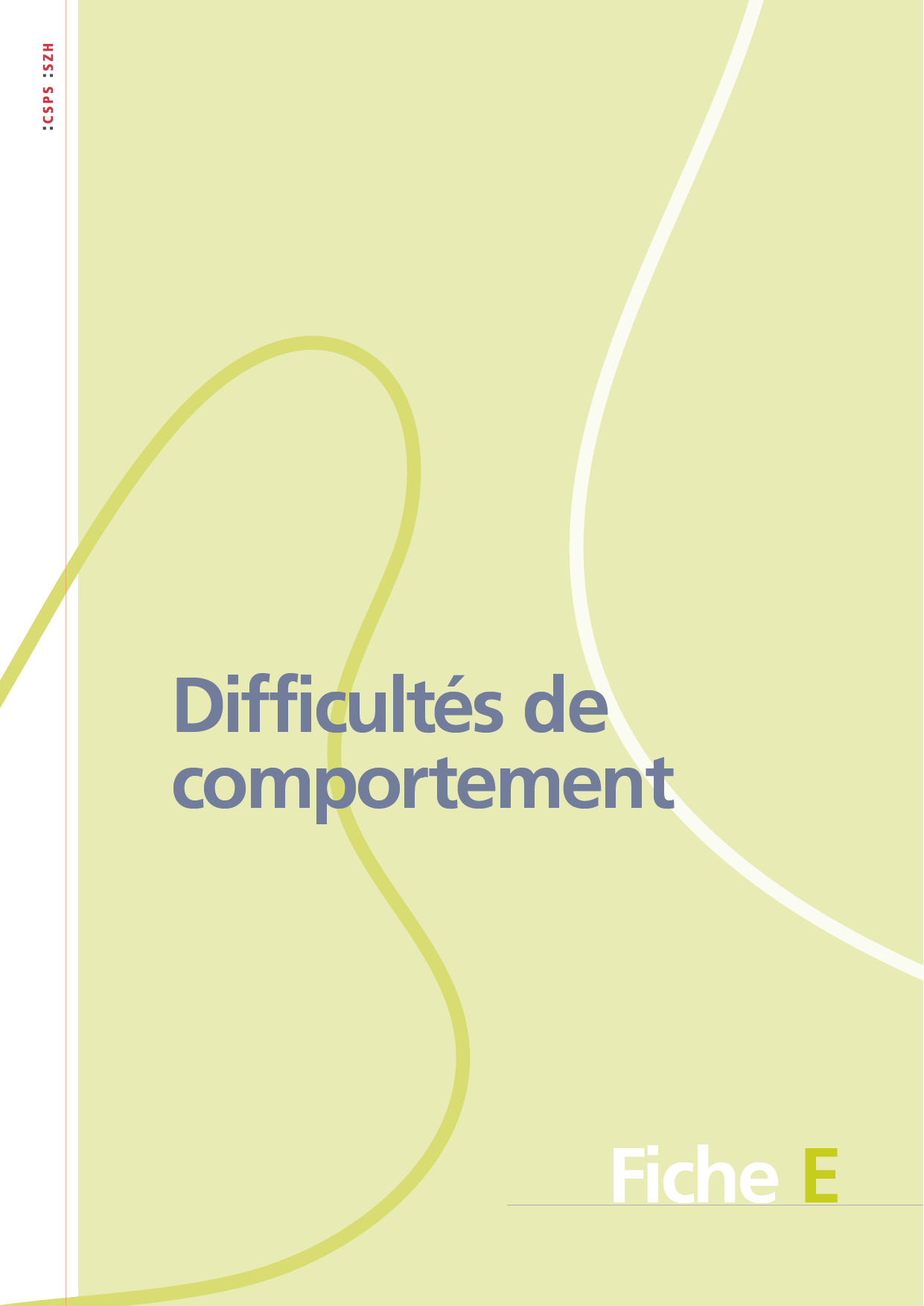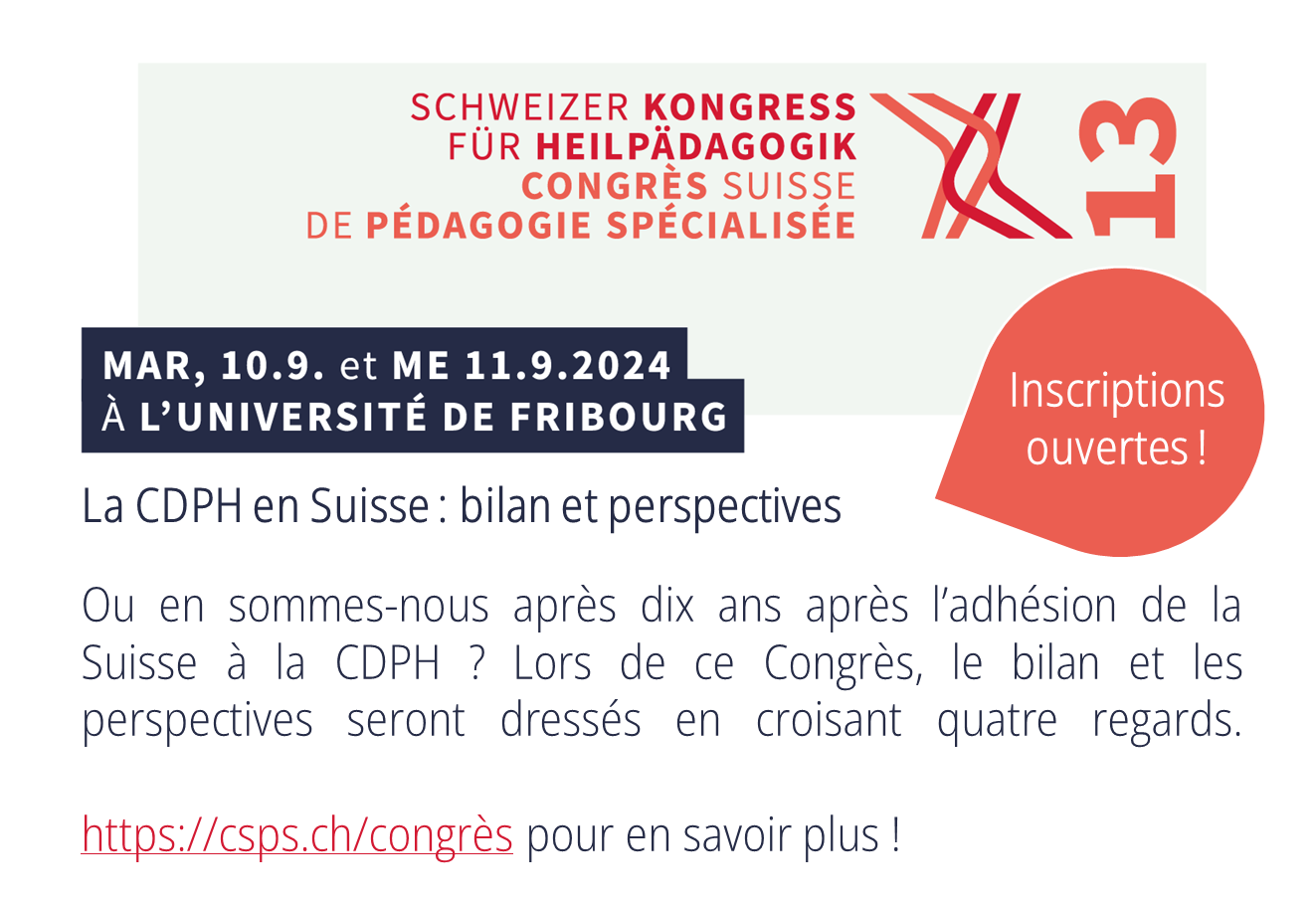Les habiletés olfactives des personnes polyhandicapées
DOI:
https://doi.org/10.57161/r2023-02-07Schlagworte:
olfaktorische Fähigkeiten, Geruchssin, Schwer- und Mehrfachbehinderung, BetreuungAbstract
Der Geruchssinn ist eine Sinnesmodalität, die für die kognitive und affektive Ebene sowie für die Lebensqualität von entscheidender Bedeutung ist. Im Bereich der Mehrfachbehinderung wurde dieser Sinn jedoch lange Zeit vernachlässigt. Drei Studien über die olfaktorischen Fähigkeiten von 20 bis 22 Kindern und Jugendlichen mit Mehrfachbehinderung haben gezeigt, dass sie in der Lage sind, Gerüche zu erkennen, auf angenehme oder unangenehme Gerüche mit Freude oder Missfallen zu reagieren und sich an einen Geruch zu gewöhnen, der ihnen wiederholt und in kurzen Abständen präsentiert wird. Diese Ergebnisse können die Betreuungspersonen dazu ermutigen, Gerüche verstärkt zur emotionalen Unterstützung und zum Lernen einzusetzen.
Literaturhinweise
Balez, S. (2021). Puissance émotionnelle de l’odeur dans les lieux. In G.-H. Laffont (Ed.), Ces lieux qui nous affectent : Production de sens, enjeu de connaissance, dimension opératoire (pp. 181–191). Hermann. https://doi.org/10.3917/herm.marto.2021.01.0181 DOI: https://doi.org/10.3917/herm.marto.2021.01.0181
De Blasio, C., Dind, J., & Petitpierre, G. (en révision). Odor hedonics responses in children and young people with profound intellectual and multiple disabilities
Fröhlich, A. (1987). La stimulation basale. Éditions de Lavigny.
Hulsegge, J., & Verheul, A. (1989). Snoezelen, un autre monde. Érasme.
Krusemark, E. A., Novak, L. R., Gitelman, D. R., & Li, W. (2013). When the sense of smell meets emotion: Anxiety-state-dependent olfactory processing and neural circuitry adaptation. Journal of Neuroscience, 33, 15324–15332. https://doi.org/10.1523/JNEUROSCI.1835-13.2013 DOI: https://doi.org/10.1523/JNEUROSCI.1835-13.2013
Marlier, L., & Schaal, B. (1997). Familiarité et discrimination olfactive chez le nouveau-né. Enfance, 1, 47–61. DOI: https://doi.org/10.3406/enfan.1997.3045
Nakken, H., & Vlaskamp, C. (2007) A need for a taxonomy for profound intellectual and multiple disabilities. Journal of Policy and Practice in Intellectual Disability, 4, 83–87. https://doi.org/10.1111/j.1741-1130.2007.00104.x DOI: https://doi.org/10.1111/j.1741-1130.2007.00104.x
Petitpierre, G., Dind, J., De Blasio, C., & Gremaud, G. (2021). Odour detection in children and youngpeople with profound intellectual and multiple disabilities. Journal of Applied Research in Intellectual Disabilities, 35 (2), 519-530. https://doi.org/10.1111/jar.12963 DOI: https://doi.org/10.1111/jar.12963
Petitpierre, G., & Dind, J. (2023). Measuring olfaction in children and young people with profound intellectual and multiple disabilities. In M. Bensafi (Ed.). Methods and Protocols in Food Science (pp. 115–129). Springer. DOI: https://doi.org/10.1007/978-1-0716-2934-5_10
Rankin, C. H., Abrams, Th., Barry, R. J., Bhatnagar, S., Clayton, D. F., Colombo, J., Coppola, G., Geyer, M. A., Glanzman, D. L., Marsland, S., McSweeney, F. K., Wilson, D. A., Wu, C. F., & Thompson, R. F. (2009). Habituation revisited : An updated and revised description of the behavioral characteristics of habituation. Neurobiology of Learning and Memory, 92(2), 135–138. https://doi.org/10.1016/j.nlm.2008.09.012 DOI: https://doi.org/10.1016/j.nlm.2008.09.012
Schaal, B. (2022, 14 Janvier). Olfaction et développement de la cognition du jeune enfant. Olfaction et polyhandicap. Le sens des odeurs [Conférence]. Journée d’étude du petit conservatoire du polyhandicap, Fribourg.
Schaal, B., Saxton, T. K., Loos, H., Soussignan, R., & Durand, K. (2020). Olfaction scaffolds the developing human from neonate to adolescent and beyond. Philosophical transactions of the Royal Society of London. Series B, Biological sciences, 375(1800), 20190261. https://doi.org/10.1098/rstb.2019.0261 DOI: https://doi.org/10.1098/rstb.2019.0261
Schaal, B. (2011). À la recherche du temps gagné : Comment l’olfaction du fœtus anticipe l’adaptation du nouveau-né. Spirale, 59, 35–55. https://doi.org/10.3917/spi.059.0035 DOI: https://doi.org/10.3917/spi.059.0035
Schaal, B. (1997). L’olfaction : développement de la fonction et fonctions au cours du développement. Enfance, 1, 5–20. https://doi.org/10.3406/enfan.1997.3041 DOI: https://doi.org/10.3406/enfan.1997.3041
Schaal, B., Orgeur, P., & Rognon, C. (1995). Odor sensing in the human fetus: Anatomical, functional, and chemoecological bases. In J.-P. Lecanuet, W. P. Fifer, N. A. Krasnegor, & W. P. Smotherman (Eds.), Fetal development: A psychobiological perspective (pp. 205–237). Lawrence Erlbaum Associates, Inc.
Stevenson, R. J. (2010). An initial evaluation of the functions of human olfaction. Chemical Senses, 35(1), 3–20. https://doi.org/10.1093/chemse/bjp083 DOI: https://doi.org/10.1093/chemse/bjp083
Thompson, R. F. (2010). Habituation. In G. F. Koob, M. Le Moal & R. F. Thompson (Eds.). Encyclopedia of Behavioral Neuroscience (pp. 1–5.). Elsevier. DOI: https://doi.org/10.1016/B978-0-08-045396-5.00138-X
Ustun, B., Reissland, N., Covey, J., Schaal, B., & Blissett, J. (2022). Flavor sensing in utero and emerging discriminative behaviors in the human fetus. Psychological science, 33(10), 1651–1663. https://doi.org/10.1177/09567976221105460 DOI: https://doi.org/10.1177/09567976221105460
Veröffentlicht
Zitationsvorschlag
Ausgabe
Rubrik
Lizenz
Copyright (c) 2023 Geneviève Petitpierre, Juliane Dind

Dieses Werk steht unter der Lizenz Creative Commons Namensnennung 4.0 International.



